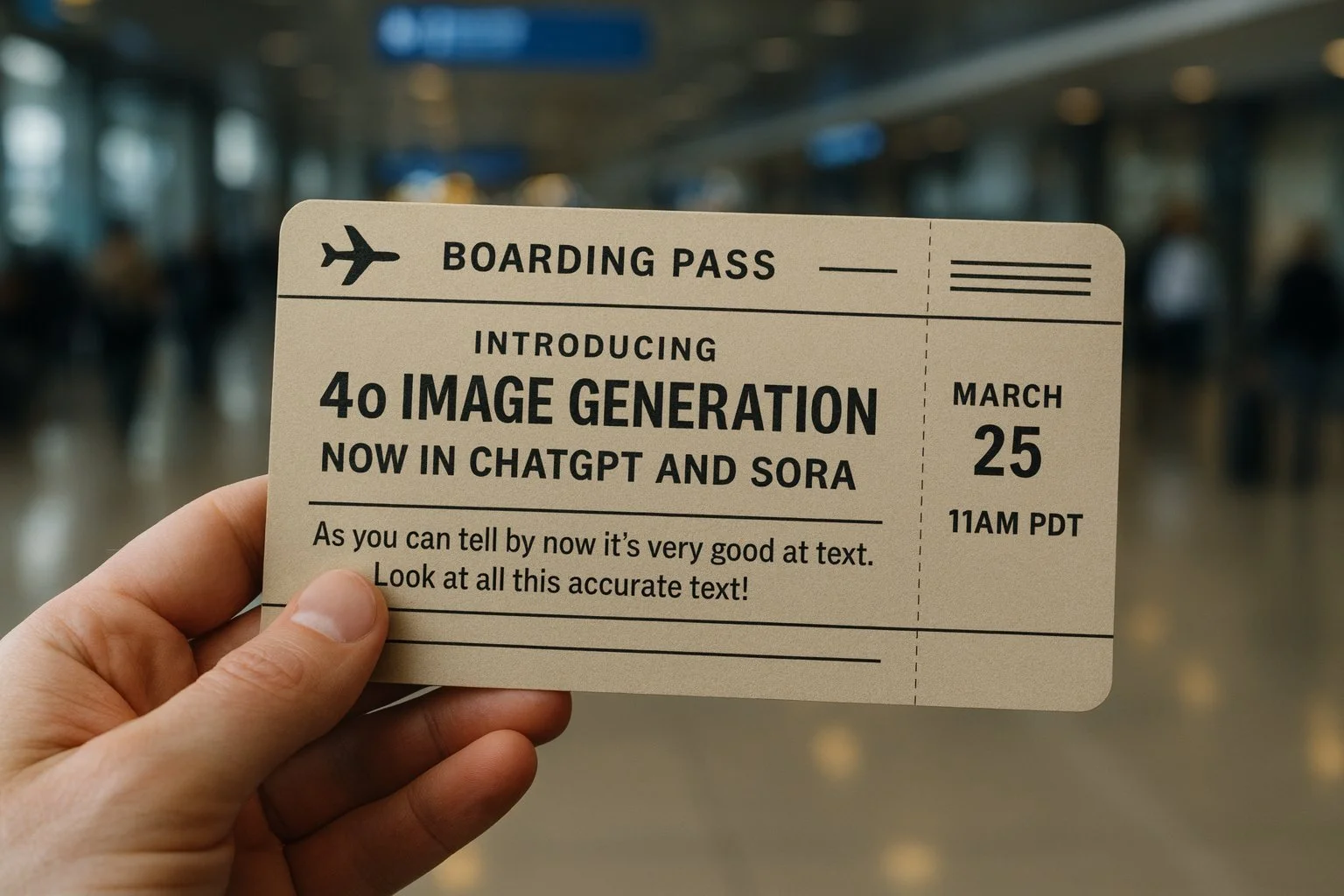OpenAI’s GPT-4o Image Generator Redefines Visual AI With Stunning Precision
OpenAI has done it again, and this time it’s not just words—they’ve given ChatGPT a visual cortex. Unveiled on March 25, the GPT-4o model’s new image-generation capabilities are now live across Plus, Pro, Team, and Free tiers, with Enterprise and Education access imminent. Developers, mark your calendars: API integration is weeks away. This isn’t a bolted-on gimmick like DALL-E 3; it’s a seamless, native leap forward that transforms ChatGPT into a creative powerhouse. The results are breathtaking—photorealistic scenes, legible text, and a level of detail that’s less “AI art” and more “digital alchemy.”
A Technical Marvel Unveiled
GPT-4o, introduced last May, is OpenAI’s omnimodal masterpiece, fusing text, images, and more into a single, elegant system. Unlike DALL-E 3’s standalone diffusion approach, this generator is woven into ChatGPT’s fabric, trained on a vast blend of public datasets and curated sources (think Shutterstock, per *The Wall Street Journal*). The output is staggering: a four-panel comic with consistent characters, a Newton prism diagram etched onto a notepad with uncanny realism. Research lead Gabriel Goh describes it as a “step change,” with “binding” capabilities that juggle up to 20 objects in a frame—far beyond the 5-8 limit of older models. Text renders crisply, transparent backgrounds are effortless, and while it takes up to a minute to process, the fidelity justifies every second.
A Canvas for the Digital Age
The internet’s reaction was instantaneous. X is awash with GPT-4o’s creations—Studio Ghibli-esque anime frames, photorealistic portraits, a whiteboard sketch with reflections so pristine it could hang in a gallery (*Lifehacker* singled this out as a triumph). One X user mused it might “eclipse Midjourney and Ideogram,” a bold claim backed by outputs like a woman writing equations in razor-sharp focus. This isn’t just for hobbyists; it’s a tool poised to disrupt. *MIT Technology Review* praises its shift from abstract AI art to precise, controllable visuals, while *DesignRush* sees it challenging Adobe’s empire. Graphic designers, advertisers, even fashion visionaries could harness this to craft everything from logos to campaign stills with a few keystrokes.
Guardrails for a Gilded Age
Such power demands restraint. OpenAI has fortified GPT-4o with filters to block child sexual abuse materials, sexual deepfakes, and policy-violating content. C2PA metadata tags every image as AI-generated—no garish watermarks, just quiet accountability. Public figures can opt out of being depicted, a safeguard honed after past deepfake scandals. A brief stumble—where “sexy men” rendered fine but “sexy women” didn’t—drew a swift fix promise from CEO Sam Altman, ensuring the system’s gaze is equitable.
The Dawn of Something Bigger
Altman himself tweeted that the first outputs left him “stunned.” It’s already enhancing Sora with static frames, and the forthcoming API will unleash it across platforms. Yes, it’s deliberate—sometimes requiring multiple attempts—and that minute-long render can test your patience. But when it delivers, it’s a glimpse into a future where AI doesn’t just mimic creativity—it redefines it.
Available now in ChatGPT, GPT-4o’s image generator isn’t just a tool; it’s a statement. OpenAI has raised the bar, and the view from here is dazzling.
